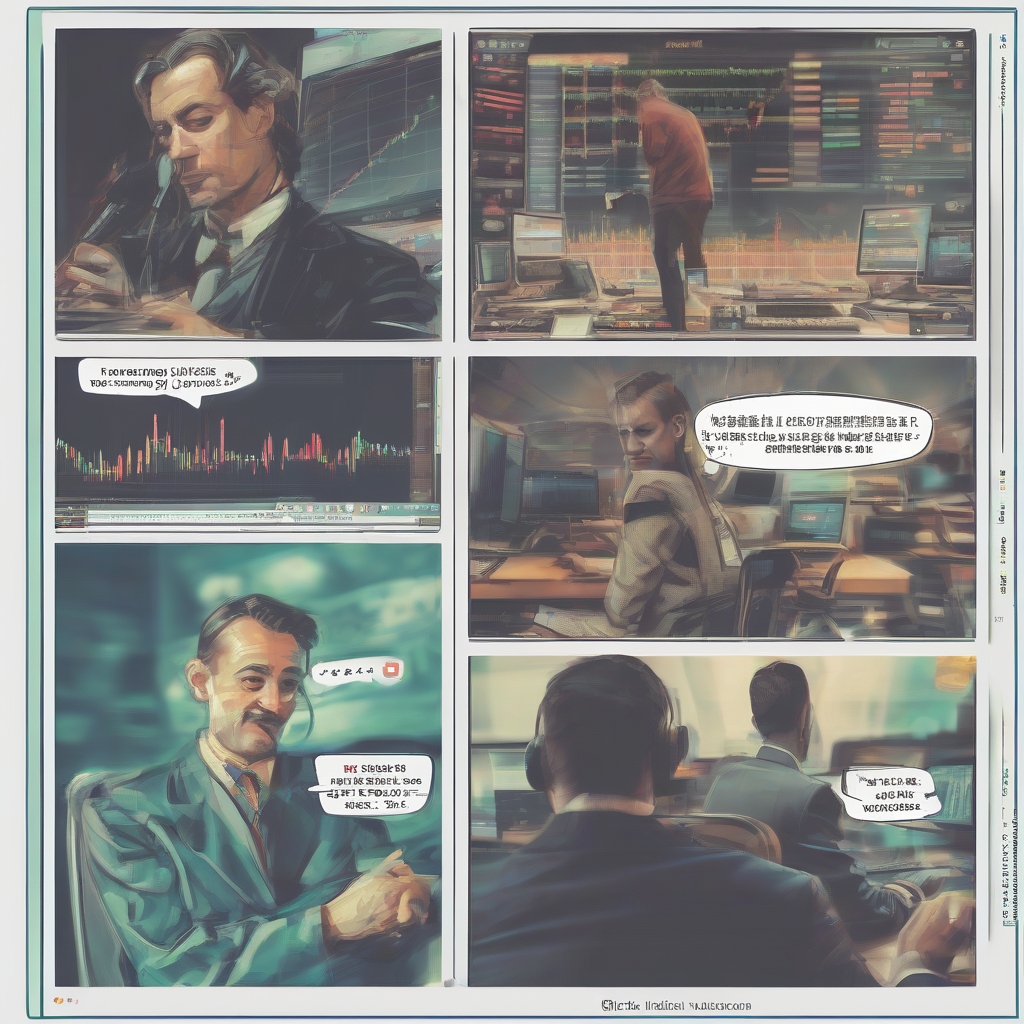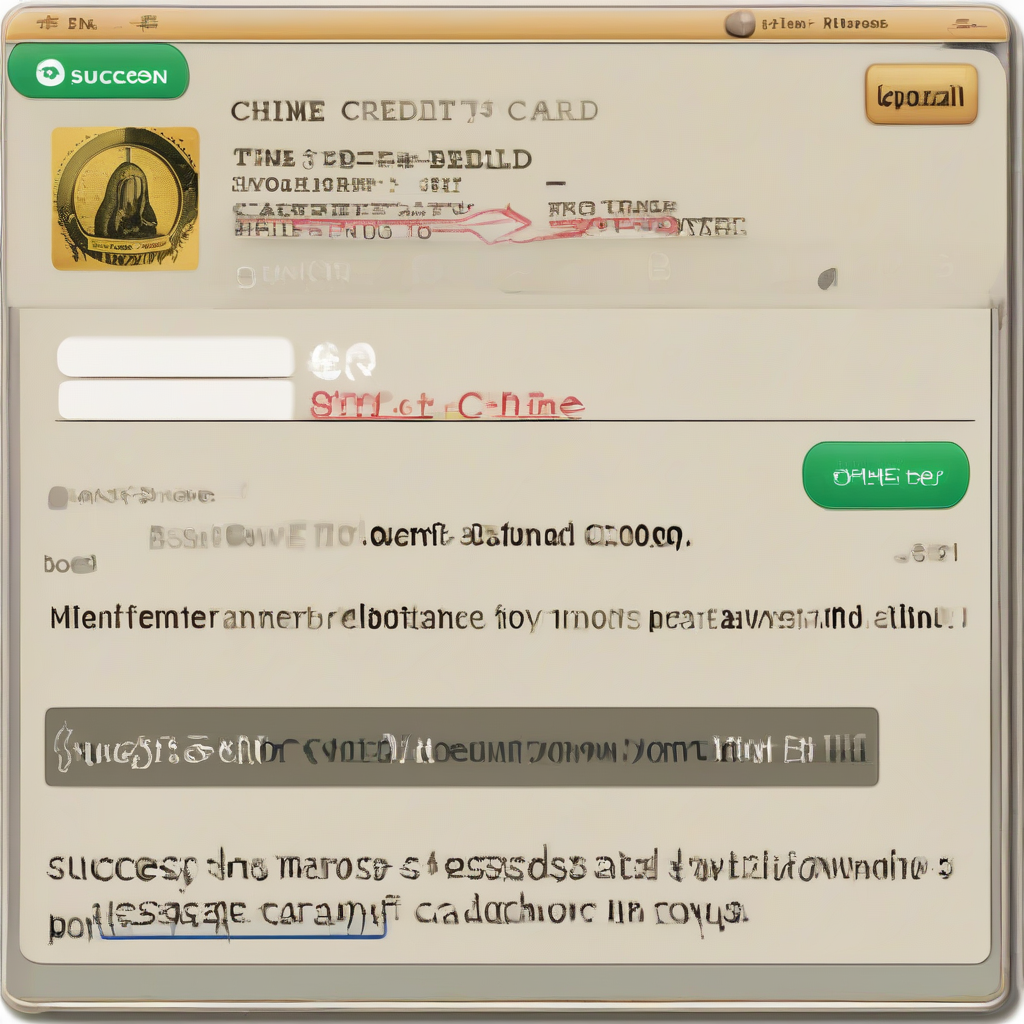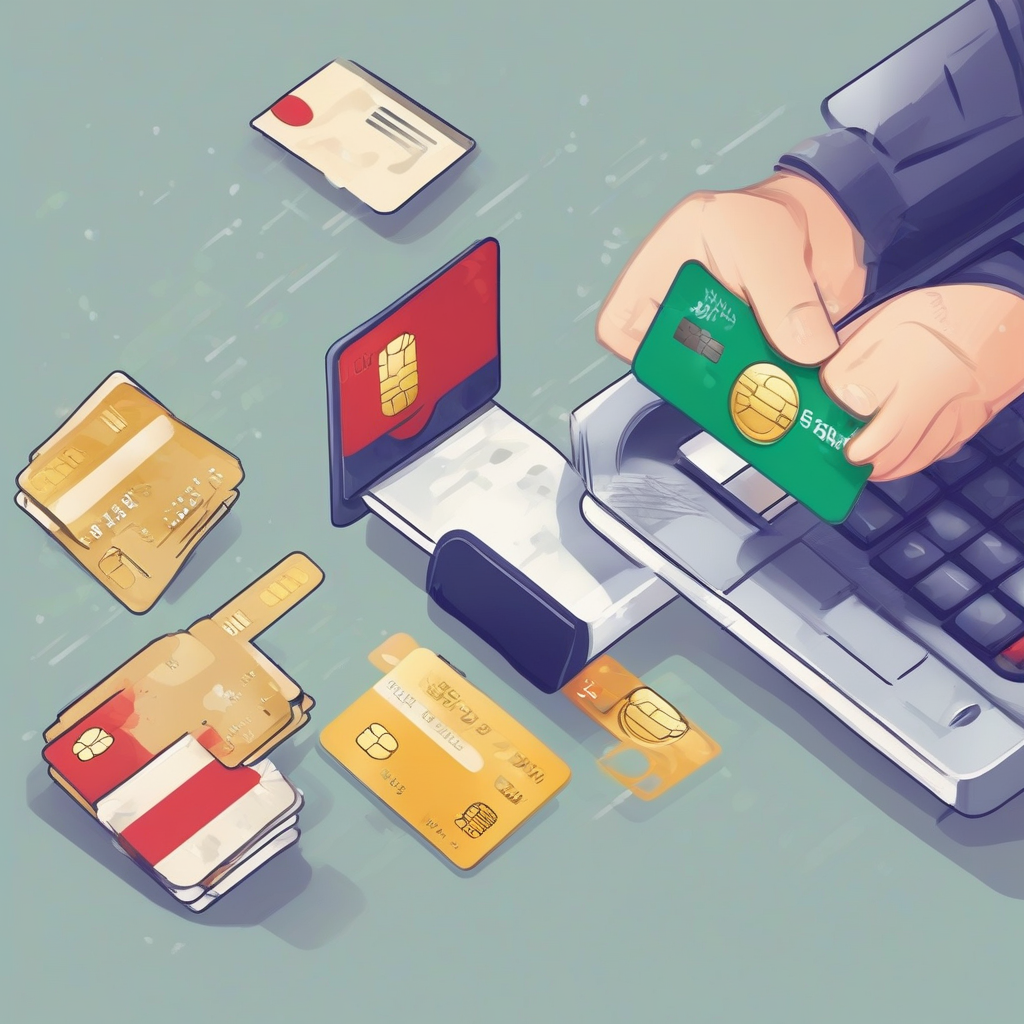TradeStation Futures Trading: A Comprehensive Guide

TradeStation Futures Trading: A Comprehensive Guide
TradeStation is a popular platform for futures trading, known for its advanced charting tools, real-time data, and powerful order entry system. Whether you're a seasoned trader or just getting started, TradeStation offers a comprehensive suite of features to help you navigate the dynamic world of futures markets.
Understanding TradeStation Futures Trading
- Futures Contracts: Futures are standardized agreements to buy or sell an underlying asset at a predetermined price on a future date. They provide a way to speculate on price movements or hedge against price risk.
- TradeStation Platform: TradeStation offers a sophisticated platform with advanced charting capabilities, real-time market data, customizable watchlists, and order types designed for efficient futures trading.
- Margin Requirements: Futures trading involves leverage, meaning you can control a larger position with a smaller initial investment. However, it also amplifies both potential profits and losses.
- Risk Management: Futures trading comes with inherent risks. Understanding and implementing sound risk management strategies is crucial for success.
Benefits of Trading Futures with TradeStation
- Advanced Charting Tools: TradeStation's charting capabilities allow you to analyze market trends, identify patterns, and develop trading strategies.
- Real-Time Market Data: Access to real-time data feeds is essential for making timely trading decisions. TradeStation provides this data, allowing you to stay ahead of market fluctuations.
- Powerful Order Entry System: TradeStation's order entry system enables you to execute trades quickly and efficiently, with multiple order types to suit different trading styles.
- Customizable Watchlists: Create and manage watchlists for your favorite futures contracts, allowing you to track their movements and identify potential trading opportunities.
- Backtesting and Simulation: TradeStation provides tools for backtesting your strategies and simulating trades in historical market data, helping you refine your approach.
- Education and Resources: TradeStation offers a range of educational resources and support to help traders of all levels learn and improve their skills.
Getting Started with TradeStation Futures Trading
1. Open a TradeStation Account
- Visit the TradeStation website and click on the "Open Account" button.
- Provide your personal information, including your name, address, and contact details.
- Complete the required financial information and choose a trading account type that suits your needs.
- Fund your account to start trading.
2. Familiarize Yourself with the Platform
- Take advantage of TradeStation's tutorials, demo accounts, and educational resources.
- Explore the platform's various features, including charting tools, order entry system, and analysis tools.
- Experiment with simulated trading to get comfortable with the platform's functionality.
3. Choose a Futures Contract to Trade
- Research different futures contracts based on your trading goals and risk tolerance.
- Consider factors like volatility, liquidity, and market trends.
- Start with a small position to minimize potential losses.
4. Develop a Trading Strategy
- Define your trading style and risk tolerance.
- Identify entry and exit points for your trades.
- Set stop-loss orders to limit potential losses.
- Backtest your strategy using historical data.
5. Manage Your Risk
- Use stop-loss orders to limit potential losses.
- Diversify your portfolio across different futures contracts.
- Monitor your trades closely and adjust your strategy as needed.
- Never invest more than you can afford to lose.
Types of Futures Contracts on TradeStation
- Equity Index Futures: Track the performance of major stock market indexes, such as the S&P 500, NASDAQ 100, and Dow Jones Industrial Average.
- Commodity Futures: Cover various commodities like oil, gold, silver, wheat, and corn.
- Currency Futures: Allow you to trade the exchange rates of different currencies.
- Interest Rate Futures: Offer exposure to interest rates, such as those associated with Treasury bonds.
Trading Strategies for TradeStation Futures
- Scalping: Short-term trading strategy focusing on small price movements and quick profits.
- Day Trading: Holding positions for a few hours or less, aiming to profit from intraday price swings.
- Swing Trading: Holding positions for days or weeks, capturing price movements in a particular direction.
- Trend Following: Identifying and trading along with established price trends.
- Mean Reversion: Betting on assets reverting to their historical averages.
Conclusion
TradeStation provides a powerful platform for futures trading, offering advanced charting tools, real-time data, and a comprehensive order entry system. By following the steps outlined in this guide, you can enhance your understanding of TradeStation futures trading and embark on a journey of successful trading in the futures markets.
What's Your Reaction?
















